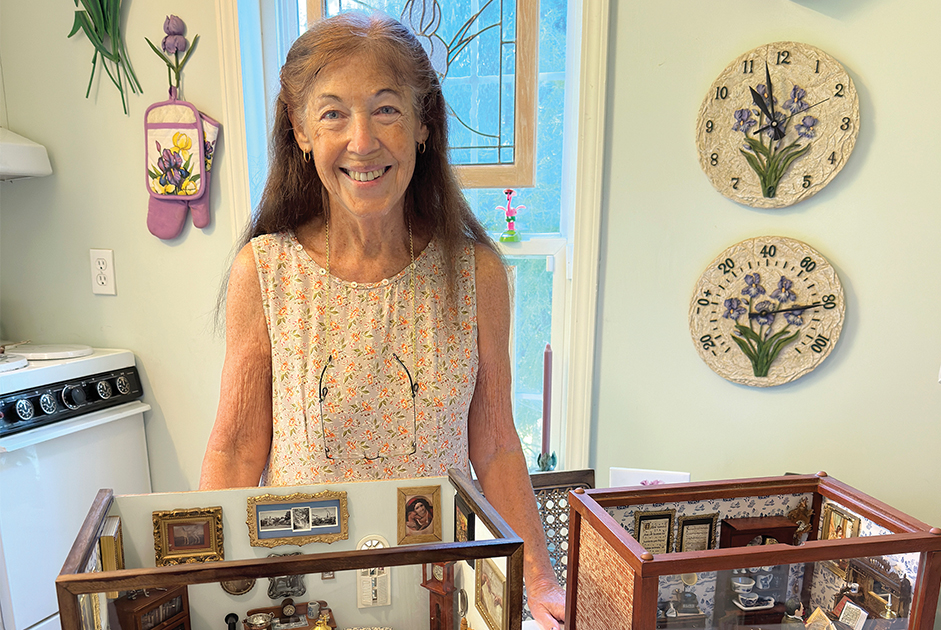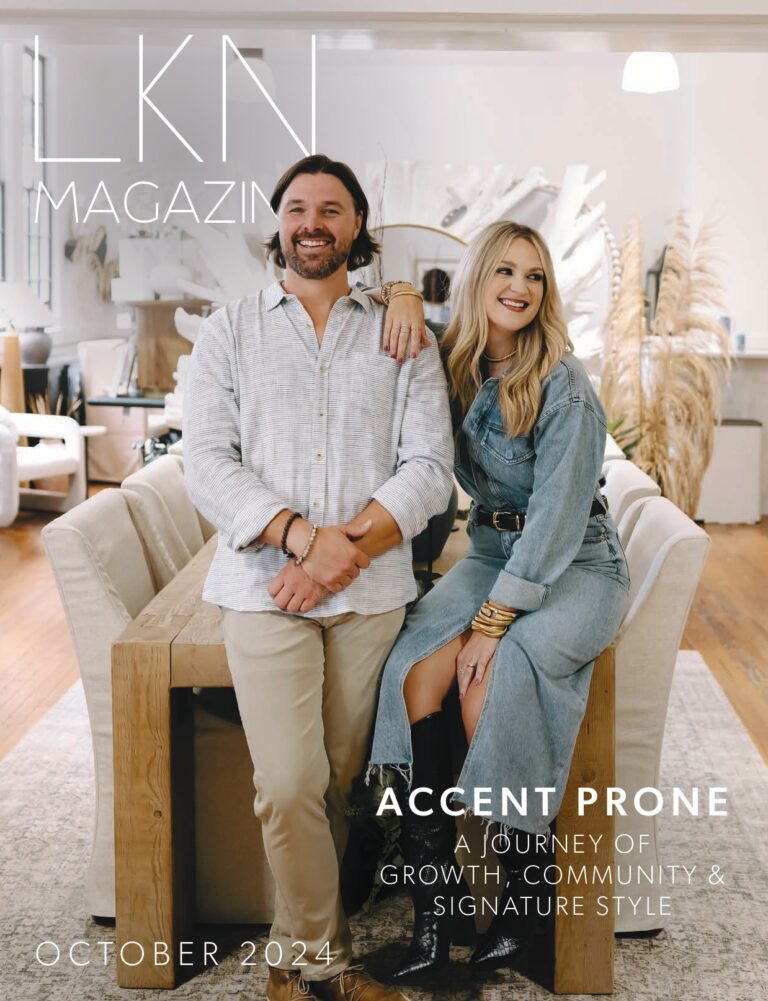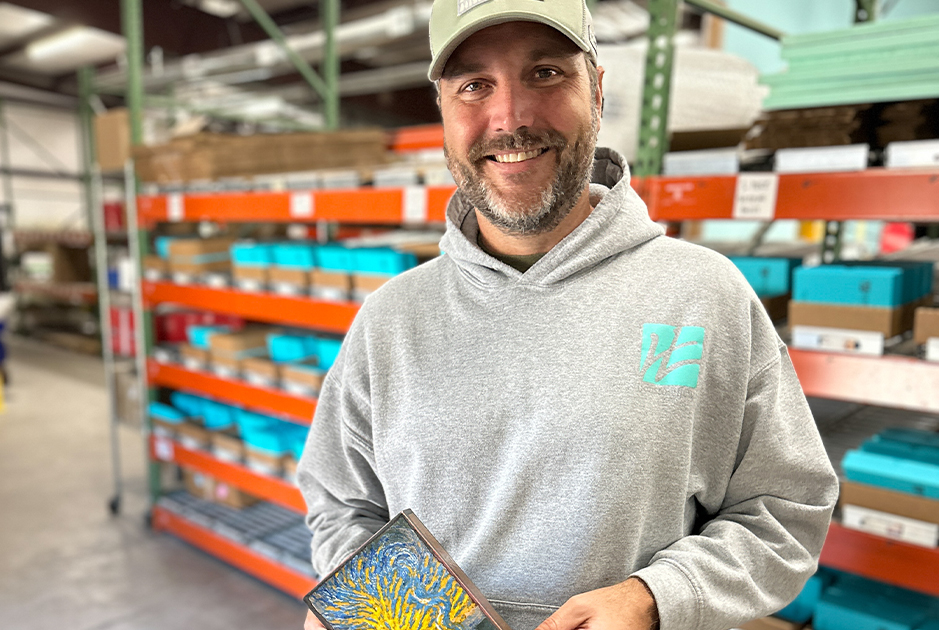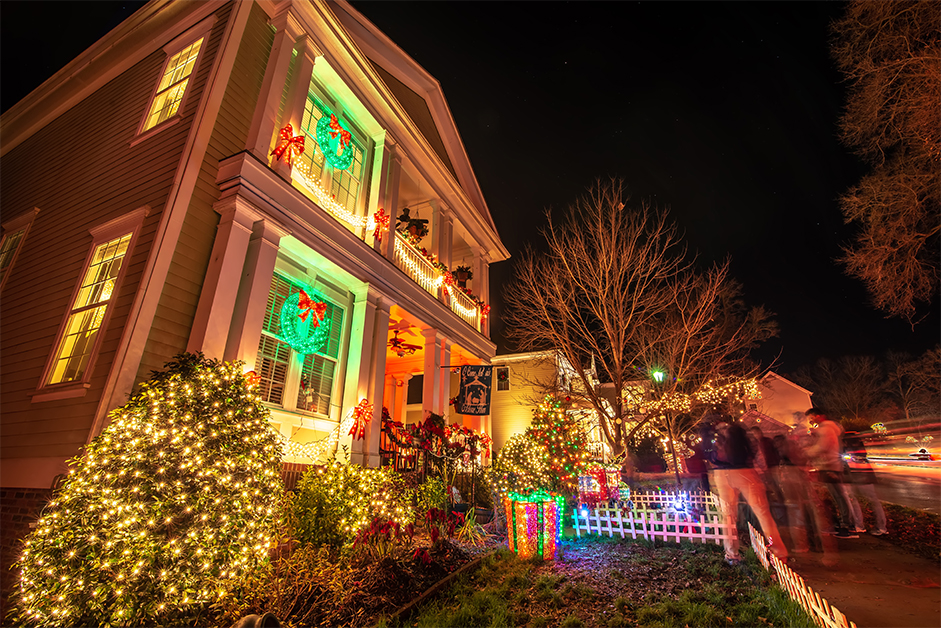photos by: LISA CRATES PHOTOGRAPHY
Sherrills Ford has always been a sentimental spot for local pianist, Joyce O’Neal. Her mother was raised here and her parents’ frequent visits from their Pennsylvania home to the family homeplace in Sherrills Ford created fond childhood memories for Joyce and her siblings.
“We came down in the summers, and I remember when they paved roads in Sherrills Ford and when they bulldozed the trees to clear land for the lake,” shares Joyce. “I remember the iron bridge that crossed Mountain Creek below the family farm, and I played in that creek in the summers and picked blackberries along its banks. I remember when ‘Sherrills Ford’ still had its apostrophe.”
After graduating from Penn State, those affectionate memories prompted Joyce to pile everything she valued into her VW convertible and head back to North Carolina. She and her first husband, a Mississippi native, lived in Sherrills Ford for the next 20 years. Employment at Iredell Memorial Hospital and the Iredell County Clerk of Court’s office took her to Statesville for the next 20 years. After retirement, she and husband, Walter, returned to Sherrills Ford and now live a mere 500 yards from where her grandparents are buried.
While her education was in music history and piano, any history interests her. That lifelong penchant inspired a project that fascinates friends and fellow Sherrills Ford residents, especially those who admire antiques and the past they represent.
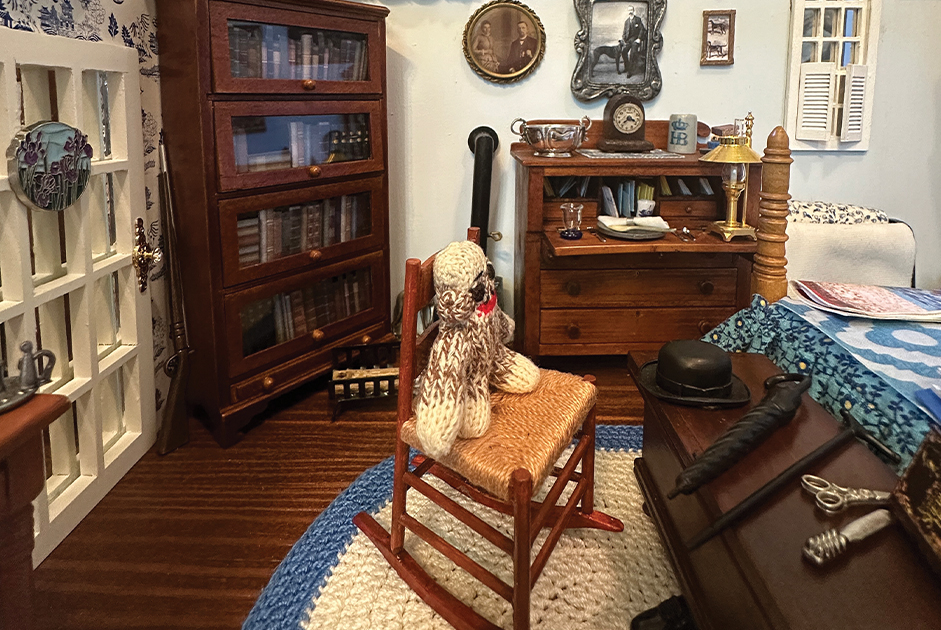
Each miniature in Joyce’s collection was either commissioned, bought in a specialty shop or refashioned from other objects. The first item to be copied was the bed, and the idea of the “Rodney Rooms” originated from a family trip to Rodney, Mississippi in the 1970s. She never imagined that her dream project would be 50 years in the making!
Here’s a glimpse of her inspiration: The town of Rodney was first settled in 1826 at a ford on the Mississippi River. By 1860, it was a bustling riverboat port on the east bank of the river, with hotels, banks and even the first opera house in the state. But, nature’s wrath eventually made Rodney into the ghost town it is today, first with fire and then with the unexpected relocation of the meandering river channel miles to the west. When the railroad bypassed the town in 1874, its fate was sealed.

When Joyce visited with her family a century later, she was enamored with Rodney’s seemingly timeless dirt road with lush tree canopy above, and the vignettes she now displays reflect the essence of Rodney from about 1840 to 1870.
“While I’ve read about many miniature rooms online and viewed famous ones (like the Betty Thorne rooms) in museums, I’ve never encountered a miniaturization of the owner’s own furniture and/or possessions. I’m proud of my idea, my perfectionist streak and my persistence,” adds Joyce. “I look at the rooms while sitting at my piano and shake my head in wonder that they look exactly as I always hoped.”
She began the model rooms with a commissioned copy of her first antique purchase, bought in 1972 – a circa 1840 maple “rope” bed with Empire styling and hand-turned posts.
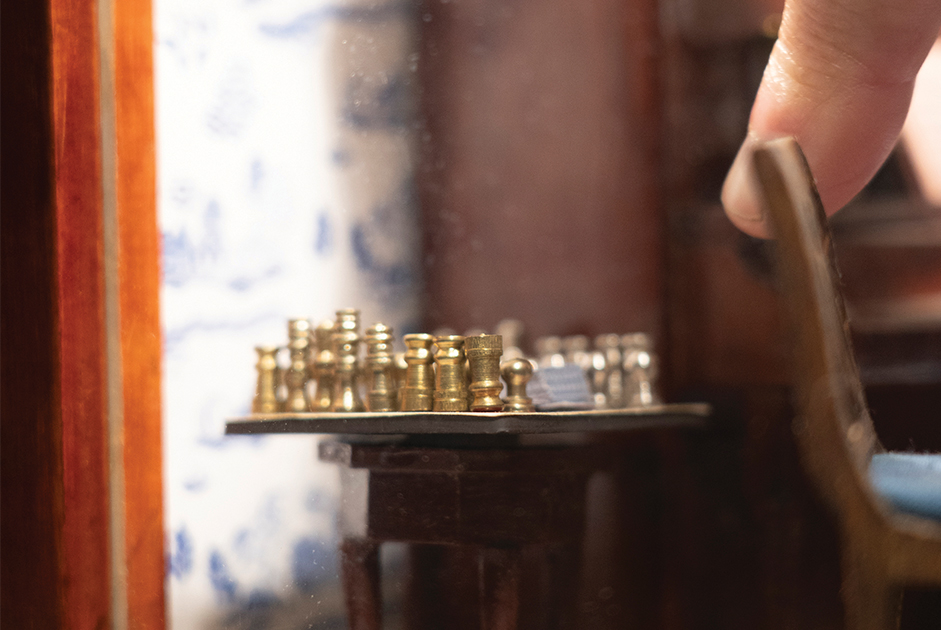
“Like many girls, I had dollhouses and remembered my fascination with the tiny furniture,” shares Joyce. “While looking through an issue of Nutshell News, a magazine for miniaturists, I saw an advertisement for Mary Frances Cochran of Maryland, who made custom copies in 1:12 (one inch to one foot) scale. In late 1974, I commissioned a copy of my bed, and from then on, I was hooked.”
A backstory soon took shape as Joyce imagined the rooms to be glimpses into life in Rodney before the river moved west and the town declined.
“I envisioned a town resident in the little rooms, and his name was Uncle Tobias (no surname having ever been needed),” she adds. “So, my ‘Rodney Rooms’ took shape as if the man and the rooms existed there around 1869.”
You’ll see a trio of miniature photographs of the actual town, taken between 1935 and 1942 for the federal Farm Security Administration. On the left is a house that Joyce imagines to be “Uncle Tobias’s house.” Next is a picture of the actual dirt road into Rodney as it looked when her family drove down it. Also of interest are Joyce’s favorite items in the miniature music room, including the pump organ (which closely resembles her own), a blue willow tea set and music books holding legible, playable scores by the great 19th century composers.
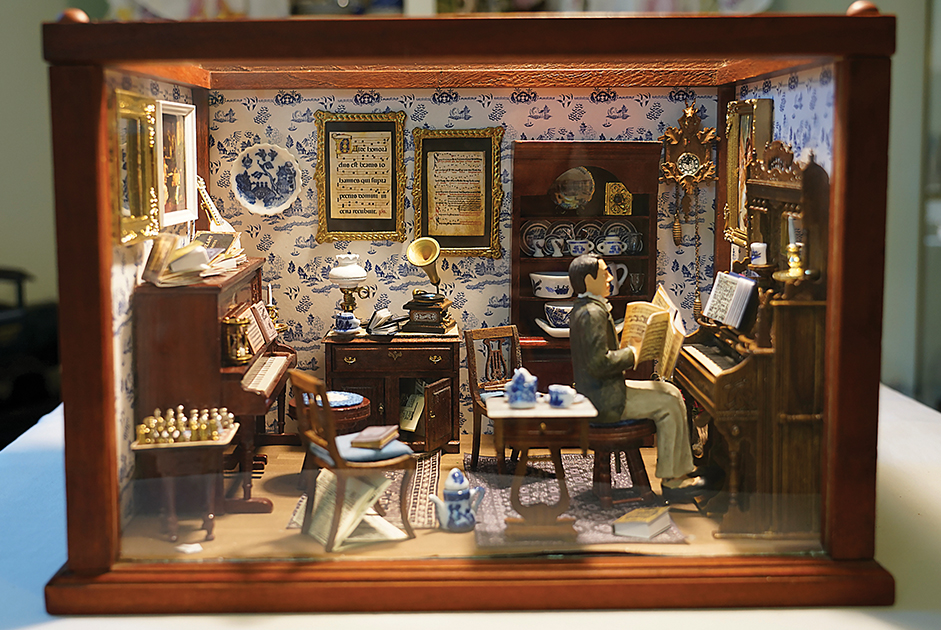
While there are a few loose ends still to be miniaturized – the 1869 Harper’s Weekly with its article on Mississippi emigration, a $5 bill from the Bank of Rodney and a letter with a Rodney postmark – Joyce’s dream re-creation has brought much joy to those fortunate enough to experience its magic!
If you’d like to learn more about Joyce’s miniature collections, email her at [email protected].
